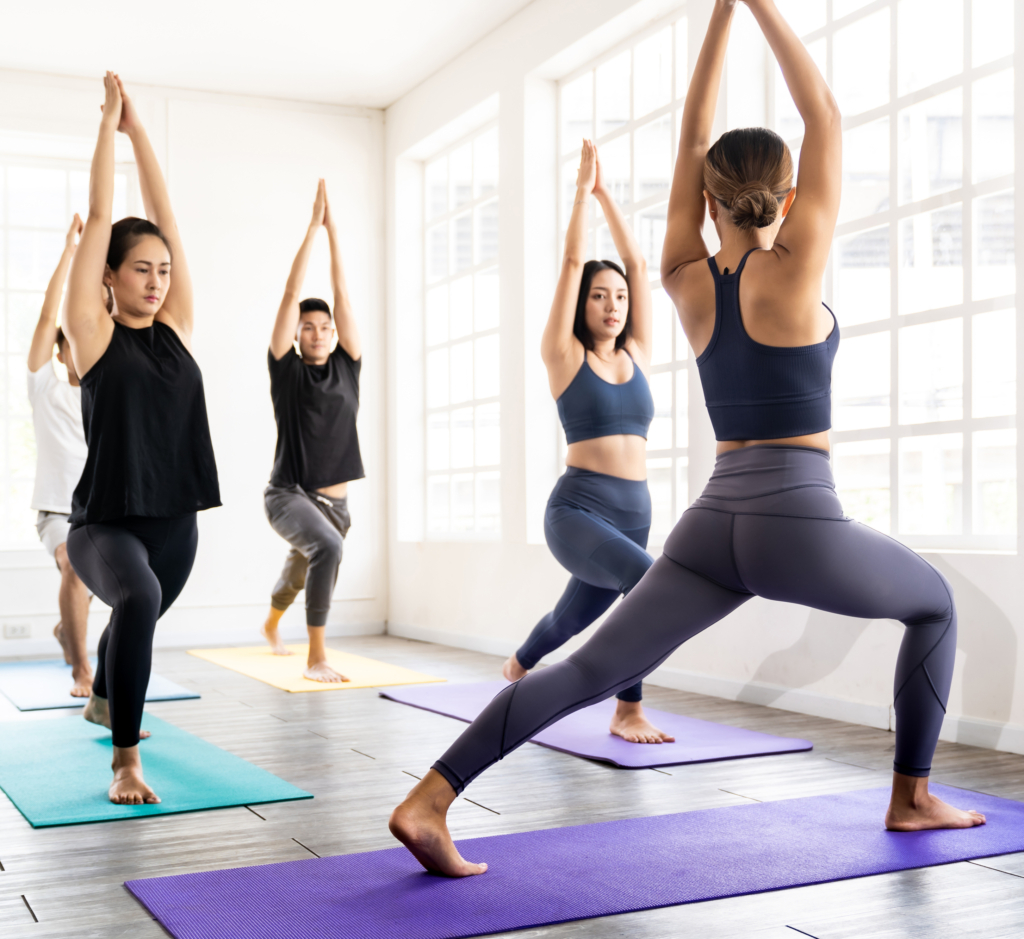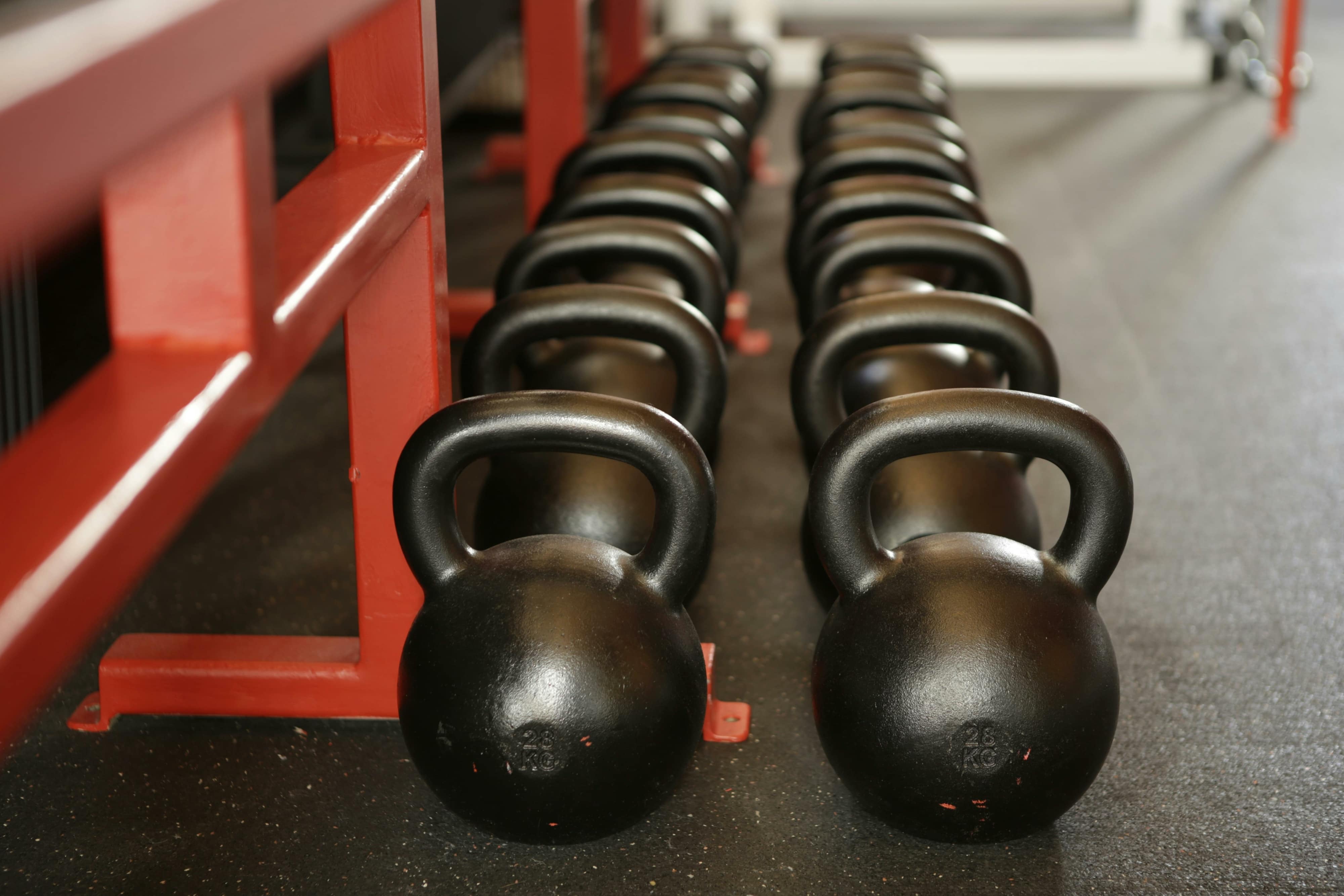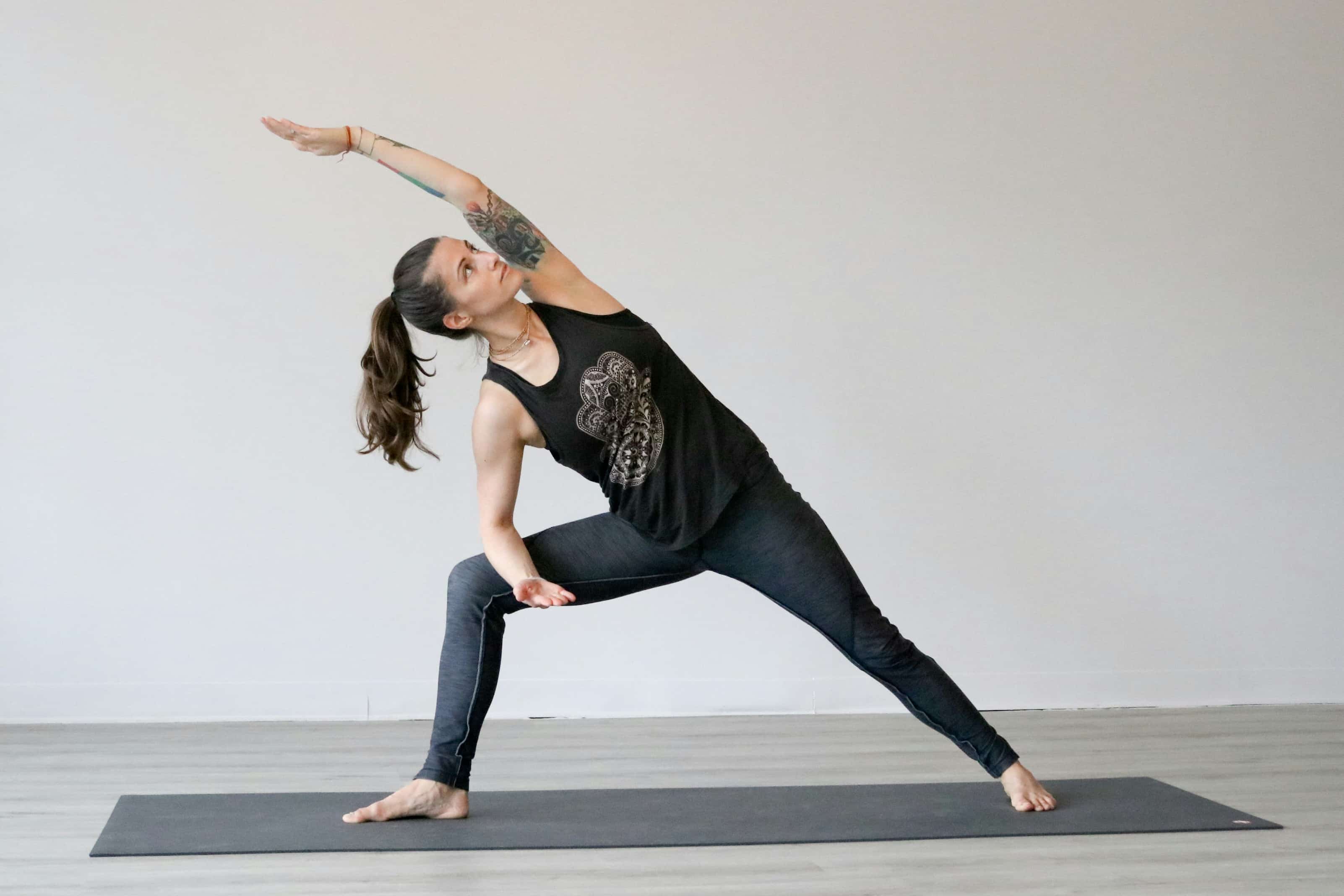Over the past few decades, yoga has rapidly become a household name, which is why it comes as no surprise that it’s now a $27 billion industry, with more than 20 million practitioners. The ancient practice of yoga is now one of our favorite ways to connect our mind and body. Plus it’s a great way for people of all ages and levels of fitness to increase flexibility and strength while easing tension. If you’re searching for a style of yoga for your patient, we explain three types of yoga for beginners to get you started. Be sure to select one geared toward his or her health and fitness goals.
Find the right class with these three yoga types for beginners
Vinyasa
Also known as “flow” or “power” yoga, Vinyasa is a moderately fast-paced style of yoga that is ideal for those who want to lose weight. The sequence of movements performed during a Vinyasa class focus on releasing blocks of energy and improving mental clarity, but that’s not all. With the flow of poses, participants are sure to work up a sweat and improve their flexibility. If your patient is new to Vinyasa, offer a few tips for success, such as wearing something comfortable and breathable as well as bringing a bottle of water to keep hydrated.
Bikram
Before your patients sign up for a class, be sure that they go into each class hydrated and prepared. If you’re a stranger to this popular style of yoga, let it be known that it’s practiced in a room set at 105 degrees Fahrenheit or 40.6 degrees Celsius. Students of Bikram favor this style of yoga because of the deep stretch they can achieve in the heated studio, while preventing injury. Bikram is a great type of yoga for beginners who aren’t afraid to push themselves and hope to detoxify—just don’t forget to hydrate! And anyone who has practiced Bikram knows that you may need to bring more than one bottle of water or towel to a class.
Restorative
Due to the hustle and bustle of the daily grind, we could all use a little R&R from time to time. Restorative yoga is suitable for all levels of fitness and is a great way to strengthen your bones, muscles and even the nervous system. So whether your patient is recovering from stress or an injury—or just needs to unwind—he or she could benefit immensely from a restorative class. Students can expect to use a variety of bolsters for added support and to remain in one pose for up to a few minutes.
Recommending the right class
With the rise of yoga studios and classes to choose from your patient may be overwhelmed. The most effective way to find a new studio is from word-of-mouth, whether it be from someone your patient knows personally or from checking the reviews online. Don’t be afraid to ask or find out where the instructor obtained his or her certification and education; we all want a teacher who is credible and skilled. Finally, participants can expect to pay up to $20 per class, but don’t forget to ask about free-trial options. Many studios will offer a complimentary class for new clients.
You can get your yoga certification online from AFPA!

Explore AFPA’s Yoga Instructor Certification Today
Gain the skills, resources, and confidence to integrate yoga into your life and career.



